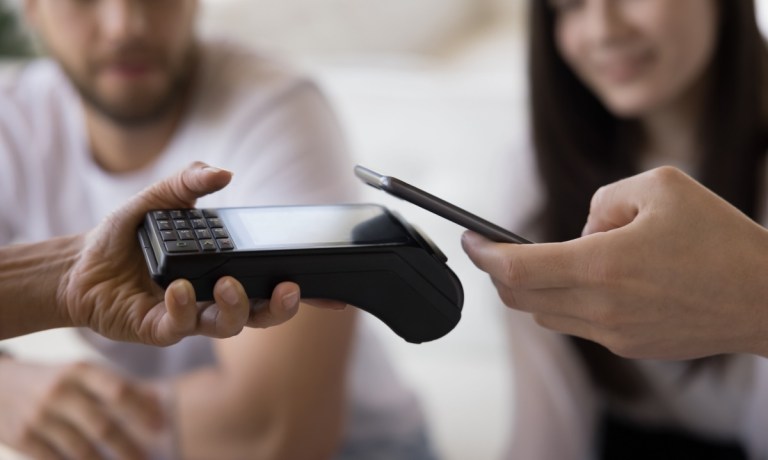
Despite the potential benefits of pay by bank as a payment method, consumer adoption remains limited. A PYMNTS Intelligence Report, What Consumers Need for Pay by Bank to Catch On, in collaboration with Trustly, indicates that many consumers remain unaware of this payment option and are hesitant to embrace it. The report, however, identifies a strategy for increasing interest: providing targeted incentives.
According to the report, there are four consumer personas based on their interest in pay by bank: early adopters (6.4%), interested consumers (17%), intrigued consumers (22.4%), and resistant consumers (54%). Notably, younger generations are driving interest. Among Gen Z, 25% express eagerness to use pay by bank, while another 23% are intrigued. Millennials show similar trends, with 24% interested and 22.5% intrigued. In contrast, older demographics, such as baby boomers, display significant resistance, with 67.9% uninterested in adopting the method.
Income levels also influence adoption. High-income individuals (earning more than $100,000) demonstrate the least resistance, with 42% expressing interest or intrigue in using pay by bank. This demographic includes a higher percentage of early adopters, further underscoring the importance of targeting affluent consumers to boost overall interest.
Offering the right incentives can significantly enhance consumer interest in pay by bank, according to the report. When consumers are presented with cash-back discounts or loyalty benefits, their interest surges by 72%. Even those initially resistant to the concept show improved willingness to consider it when incentives are offered. In fact, 81% of consumers express at least some interest in pay by bank when informed about potential rewards.
Among various incentives, cash-back offers and discounts are particularly appealing, with 59% of respondents indicating these options would increase their interest. Comparatively, only 32% said that fraud prevention measures would have a similar effect, suggesting that providers should prioritize monetary incentives over security-focused messaging.
While most discussions around pay by bank focus on retail, the report reveals that consumers are interested in using it for non-retail transactions, such as ridesharing and betting. For instance, 41% of current pay by bank users expressed interest in applying this payment method to ridesharing services. This trend is especially relevant among millennials, 39% of whom are intrigued by using pay by bank for ridesharing, highlighting a fertile area for growth beyond traditional retail applications.
Additionally, the appeal of discounts varies by transaction type. Consumers offered high discounts for retail purchases are 36% more likely to adopt pay by bank compared to those presented with lower discounts. In contrast, non-retail transactions can benefit from discounts of any size, suggesting that providers should tailor their incentive strategies based on the transaction type.
By strategically targeting younger and higher-income demographics, focusing on appealing incentives, and expanding use cases beyond retail transactions, providers can create greater acceptance of this payment method. With 56% of consumers currently unaware of pay by bank options, raising awareness and presenting compelling reasons for engagement can transform consumer hesitation into active usage. Prioritizing the security, convenience, and potential cost savings associated with pay by bank could further encourage consumers to embrace this payment option.
